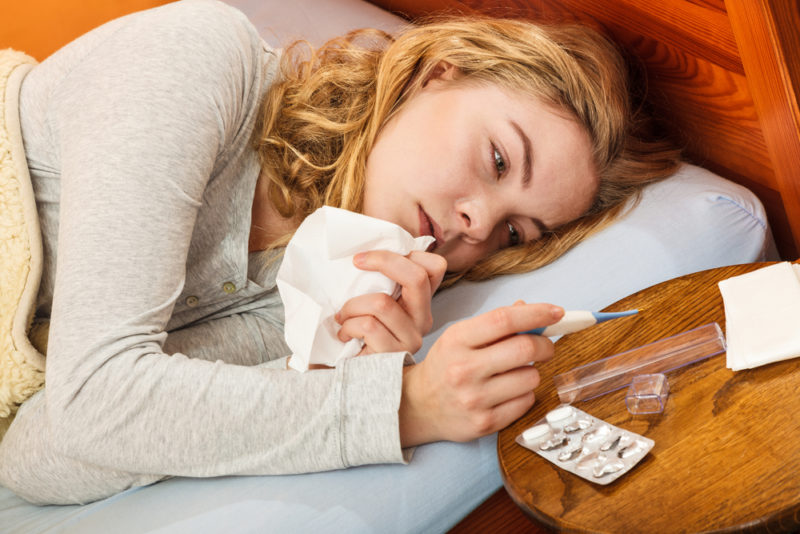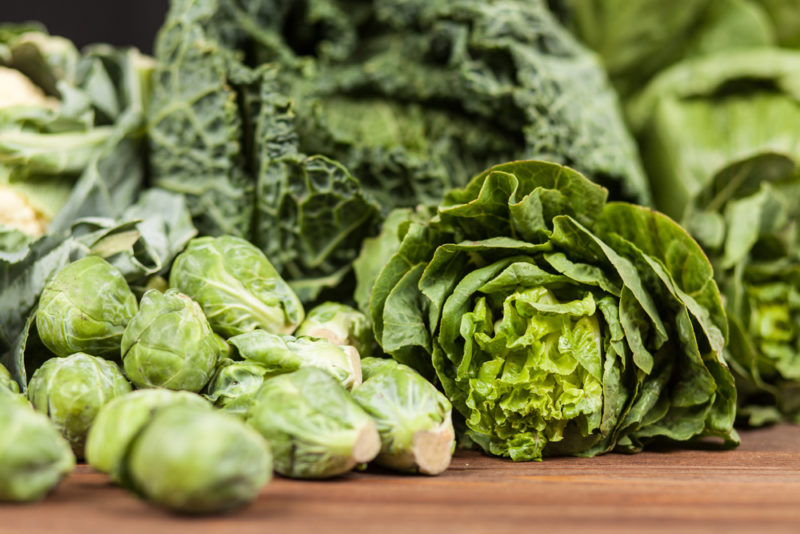Black mold. You can find it in some unexpected places. And you know what that may lead to. Black mold toxicity.
Unfortunately, black mold is more common than you might think. It can grow anywhere indoors where there’s moisture, including showers, basements and crawl spaces.
Is your house or apartment well-ventilated? If not, you might even find black mold growing on or near window frames. This dangerous mold can grow in any area of the home that is warm, damp, and humid. If you discover this mold growing in your home, don’t ignore it! It’s far from rare, and the health effects of ingesting black mold can be serious. Symptoms of black mold toxicity, for example, can range from eye irritation and wheezing to fungal lung infections.
What Is Black Mold?
A mold is a type of fungus that grows in filaments and reproduces by forming mold spores. These spores cannot be seen by the naked human eye. Black mold tends to be darker than other molds. It can appear black or a greenish or grayish black. It can be found indoors, growing on a variety of different surfaces. You can find black mold on surfaces with a high cellulose content, such as wood, fiberboard, gypsum board, paper, lint and dust. Black mold has a distinctive, musty odor. The spores float around in indoor and outdoor air. When they land on a damp surface, the mold begins to grow.
The black mold you find on foods, like bread, is different, but you need to watch out for that, as well.

Black Mold Symptoms
How do you know if black mold has affected you? Some of the following signs could be indicators. There are several common symptoms of black mold toxicity. They include:
1. Eye Irritation
For those who have seasonal or pet allergies, it may be hard to decipher the true culprit of this symptom. However, irritated eyes is one of the signs of black mold toxicity. Toxic black mold mycotoxins in the air can enter a person’s eyes. When they come into contact with eye cells they cause inflammation and can create vision problems.
2. Chronic Fatigue
Many of us deal with chronic fatigue, which can stem from numerous conditions. As such, it can be difficult to know whether or not it’s black mold causing it. But if you can’t pin it on anything else, and you’ve discovered black mold in your home, you may have black mold toxicity. When a person is near black mold, the immune system releases a sedative known as chloral hydrate. This is used as a defensive mechanism, to try to slow down the effects of the toxins, but it can also cause fatigue.

3. Sneezing
People who are exposed to toxic black mold are exposed mainly through breathing in mold spores. This creates irritation in the air passages which can cause constant sneezing. Of course, this is also a symptom of the common cold and allergies. If you don’t normally experience allergies or sneezing, however, you should question the source if it suddenly starts to occur. If you’ve confirmed that black mold is growing in your home, your sneezing is likely linked to it.
4. Headaches
Not sure where your chronic headaches are coming from? If this symptom is new to you and you can’t find another explanation, you may want to consider the possibility of black mold toxicity. Toxic black mold can cause soreness of the muscles and joints. A person who is experiencing black mold toxicity may have headaches often.

5. Rashes
The sudden appearance of a rash should never be ignored. You may have a skin condition already, of course, such as eczema. However, don’t assume that every skin irritation you experience is due to a condition you already have. Check the facts. If you have black mold and are experiencing other black mold toxicity symptoms, you likely have black mold toxicity. The skin is one of the three main ways that toxic black mold mycotoxins can enter the human body. This can cause severe rashes and skin problems.
6. Irritation To The Mucous Membranes
Mycotoxins can become lodged in the mucous membranes, sinuses and lungs. This can cause a burning feeling, breathing problems and even bleeding in the lungs.

7. Chronic Coughing
If it’s cold or flu season, it’s common to develop a cough. However, if your cough persists longer than expected, or crops up during the time of year when you’re usually not sick, black mold may be the culprit. Toxic black mold spores and mycotoxins can cause chronic coughing, due to the burning feeling they create in the throat and lungs.
8. Fever
A persistent or frequent fever is definitely cause for alarm. If you’re getting sick often and your illness is accompanied by a fever, you need to pay attention to what your body is trying to tell you. Black mold breaks down the immune system. A weakened immune system can cause a person to get sick more often. Someone experiencing black mold toxicity may experience a fever on a regular basis.

Natural Ways To Deal With Black Mold Toxicity
If you see or smell black mold in your home, it’s extremely important to remove it immediately. If you’re experiencing black mold poisoning, there are several natural ways you can detox!
1. Activated Charcoal
Activated charcoal can cleanse mold when taken as a supplement. Mold can live inside your body and make you sick. Activated charcoal works as a potent natural treatment. It traps toxins inside they body and allows them to be flushed out. Make sure you select activated charcoal made from coconut shells or other natural sources.
2. Raw Garlic
Garlic has strong anti-fungal properties which can do wonders for your body when it’s been exposed to black mold. Garlic helps kill of fungi, molds and yeast. The recommended amount is 2-4 grams of fresh garlic per day, or 600-900 milligrams of garlic tablets a day for toxic mold exposure.

3. Cut Out Sugar
Fungi in the body require the presence of sugar for survival. Cutting sugar out of your diet or cutting back on sugar can help your body get rid of any black mold symptoms. If you’re suffering from mold toxicity, cut back on sugar.
4. Chlorophyll
Chlorophyll can be found in green vegetables. Studies have shown that it can protect DNA from damage caused by toxic molds. Chlorophyll also has antibacterial and anti-fungal properties which can help clear the body of toxins.



